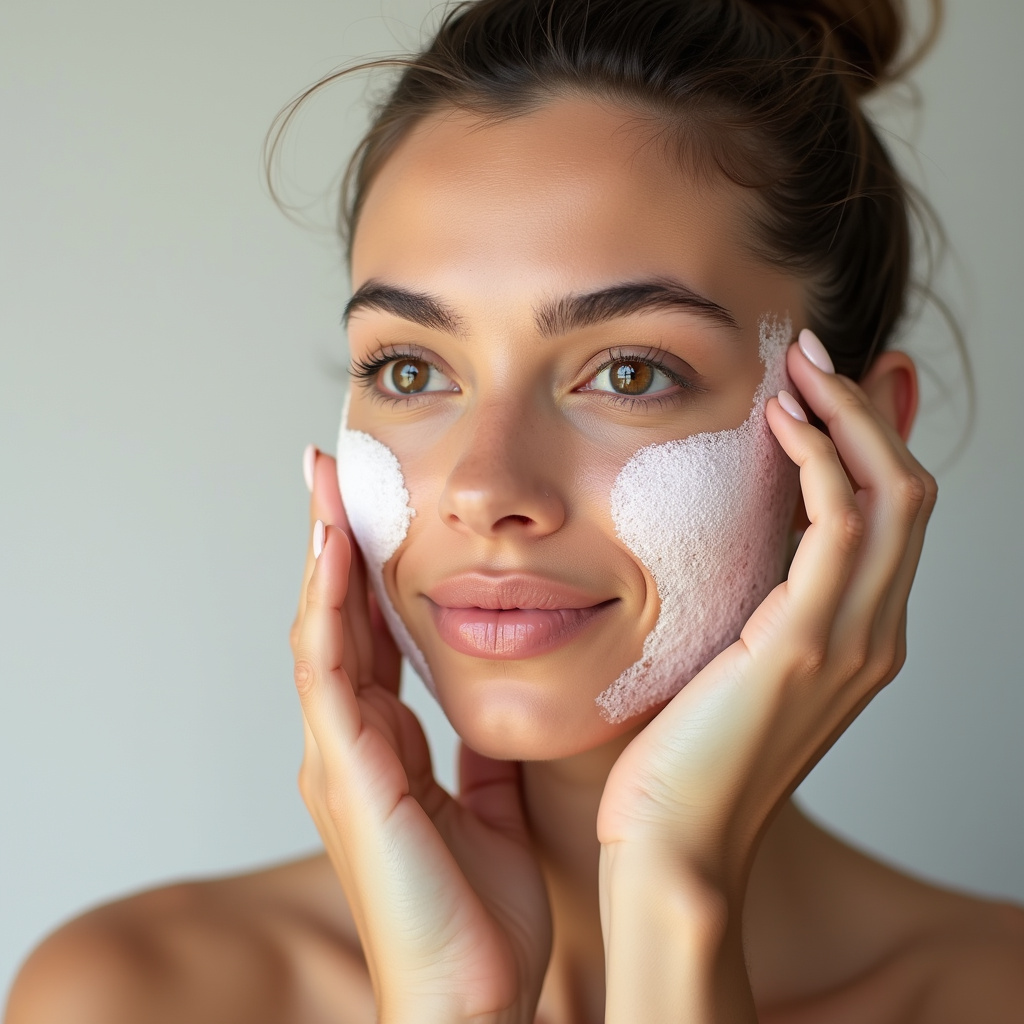Introduction to Exfoliation
Exfoliation is a crucial step in any skincare routine, as it helps to remove dead skin cells, revealing a brighter and smoother complexion underneath. But with so many products on the market, it can be confusing to choose the right method for your skin type. In this article, we will explore the two main types of exfoliants: chemical and physical. By the end, you’ll have a clearer understanding of which option might work best for you.
What is Physical Exfoliation?
Physical exfoliation involves the use of gritty substances to manually slough off dead skin cells. Common physical exfoliants include:
- Scrubs with sugar or salt
- Exfoliating gloves or mitts
- Facial brushes
- Pumice stones for tougher areas
When using physical exfoliants, the process is straightforward. You simply massage the product onto your skin in circular motions, then rinse it off. This method can provide immediate results, leaving your skin feeling smooth and refreshed.
Benefits of Physical Exfoliation
Physical exfoliation can be beneficial for several reasons:
- Instant Gratification: You can see and feel the results right away.
- Control: You have complete control over the intensity and duration of the exfoliation.
- Boosts Circulation: The massaging action can increase blood flow, promoting healthier skin.
However, it’s important to be gentle. Over-exfoliating or using products that are too abrasive can lead to irritation, redness, and even micro-tears in the skin.
What is Chemical Exfoliation?
Chemical exfoliation uses acids or enzymes to dissolve dead skin cells and promote cell turnover. The most common types of chemical exfoliants are:
- AHA (Alpha Hydroxy Acids): Water-soluble acids derived from fruits. Great for dry or sun-damaged skin.
- BHA (Beta Hydroxy Acids): Oil-soluble acids that penetrate deep into pores. Ideal for oily or acne-prone skin.
- Enzymes: Natural plant enzymes (like papaya or pineapple) that gently break down dead skin.
Chemical exfoliants are usually found in serums, toners, and masks. They work by breaking down the bonds that hold dead skin cells together, allowing them to be easily removed.
Benefits of Chemical Exfoliation
Chemical exfoliants offer a range of benefits:
- Even Exfoliation: They provide a more uniform exfoliation, reducing the risk of irritation.
- Pore Penetration: BHAs can penetrate oil and help unclog pores, making them great for acne-prone skin.
- Anti-Aging: AHAs can help reduce the appearance of fine lines and improve skin texture.
While chemical exfoliants can be very effective, it’s essential to use them correctly. Start with a lower concentration and gradually increase as your skin builds tolerance.
Choosing the Right Exfoliant for Your Skin Type
When deciding between physical and chemical exfoliants, consider your skin type and concerns:
- Sensitive Skin: Opt for gentle chemical exfoliants or mild physical scrubs.
- Oily or Acne-Prone Skin: BHAs are an excellent choice for deep pore cleansing.
- Dry or Mature Skin: AHAs can help brighten and hydrate the skin.
It’s also essential to listen to your skin. If you notice any irritation or discomfort, consider switching methods or consulting with a dermatologist.
Conclusion
Both physical and chemical exfoliants have their unique benefits and can play a vital role in your skincare routine. By understanding the differences and knowing your skin type, you can make an informed decision on which method is right for you. Remember that moderation is key; exfoliating too frequently can lead to skin issues, so aim for 1-3 times a week depending on your skin’s needs. Happy exfoliating!




